|
Sake is an alcoholic beverage made by fermenting rice. Different brewing processes produce a multitude of varieties. A traditional pub in Japan to drink sake is known as an izakaya. Sake can be served in different ways depending if it is ordered at an izakaya or enjoyed at a friend's home. When sharing sake with a friend, the traditional custom is to pour for each other. However, it may be best to let someone pour their own cups and only drink what they are comfortable consuming. Sake can be served at room temperature, chilled, warm, or hot. Different serving temperatures depend on the type of sake and preference of the consumer. Some of the more common ways to serve sake are listed below. Traditional Large Sake Cup (Guinomi) A large sake cup, known as a guinomi, is commonly used for sake drinking. They are made of materials such as wood, clay, ceramic, and glass. It is larger than an ochoko and shot glass. Traditional Small Sake Cup (Ochoko) A smaller sake cup is known as a ochoko. The main difference between a ochoko and guinomi is their size. Sake Serving Pitcher (Tokkuri) The pitcher commonly used to pour sake into a ochoko or guinomi is known as a tokkuri. The tokkuri can be used to serve sake at various temperatures. It is typically made of ceramic or other materials that can hold hot liquids. Square Wooden Box (Masu) Sake can be poured in a square wooden box called a masu. You can drink straight from the masu. Also, you can set a tall cup in it and drink from that instead. When pouring sake in the cup inside the masu, you can over pour to have sake flow into the masu. Sake that has overflowed can be drunk from the masu or poured back into the tall cup once the sake inside the tall cup has been consumed. Glassware (Wine Glass, Shot Glass, Other) Various types of glassware can be used to enjoy sake. Wine glasses are a good option to show off the color and aroma of sake. Shot glasses can serve as a alternative to other cups. There are other types of glassware that sake can be served in as seen below. Sake can be consumed in a multitude of fun and interesting ways. Regardless of how it is served, the most important part of drinking sake is enjoying the experience with others. I would like to say a big thank you to the panel attendees, organizers, and volunteers at Ichibancon 2018. My panel had over 60 people come to learn about traveling to Japan. There were some great questions at the end and I appreciated the enthusiasm of the audience. Feel free to send a message through the website or by email if you have any further questions, comments, or feedback. I hope to present again later in the year at other conventions across North Carolina.
While you may see many tourists dressed up in traditional Japanese attire roaming the streets of Kyoto, spotting a real geisha is much harder. Modern day geisha (known as maiko and geiko) can be seen performing at private events, parties, ryokans, and other venues. Hiring a geisha for a private performance can cost a considerable amount of money (starting around $1,000 or 110,000 Yen and higher). However, there are a few ways to see a geisha and even a performance without hurting the wallet. Kyoto Dining with Maiko (about $200 or 19,000 Yen per person) One opportunity to see modern geisha perform is by attending a special dinner. Gion Hatanaka offers dinner and drinks with service and performance by maiko. This is a great opportunity for a more personable experience. Miyako Odori - Each Day of April in Kyoto The Miyako Odori is a performance put on by many local geisha at The Kyoto Art Theater "Shunjuza." This is a great opportunity to see a large traditional performance for not a lot of money. They offer the same 50 minute show three times each day. Tickets are 3,500 Yen (about $31) or 4,500 Yen (about $40) with a tea ceremony before the show. Get tickets well in advance as these shows will generally sell out. Kamogawa Odori - May 1 - 24th in Kyoto The Kamogawa Odori is another large geisha performance held at the Pontochō Kaburenjō Theater in Kyoto. They also offer three showings a day. Ticket prices vary between 2,300 and 4,800 Yen (about $20 to $48). Their website is only in Japanese, but there are plenty of tour group companies that can book tickets for you. Gion Odori - November 1 - 10th in Kyoto The Gion Odori is a fall geisha performance held at Gion Kaikan. Tickets are around the same pricing as the other large spring geisha shows. You can buy tickets at the venue before or on the day of the show. Some tour group companies can also reserve tickets for you instead. Walking along Hanamikoji Dori The other way to spot geisha in Kyoto is to walk along Hanamikoji Dori south of Shijo Dori. This part of Gion is a main traffic area. You may be able to see a geisha walking between appointments in the evening. It is also a great area to see traditional style houses. Many of them have been converted to fine dining establishments. Happy New Year everyone. I hope you had a nice holiday. I have combined the four part travel guide into an easy to navigate page on the website. If you have any questions or feedback on the guide, please let me know. I hope the guide is helpful for your next trip to Japan.
|
Follow me
on Instagram @card_knock_life Categories
All
Archives
July 2024
This website contains affiliate links
|
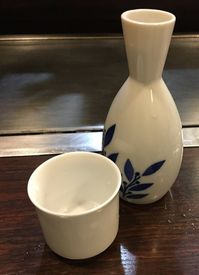
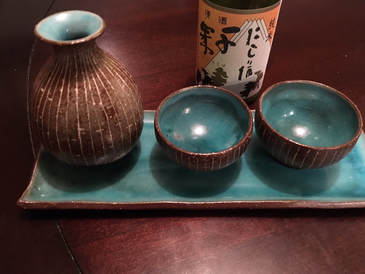
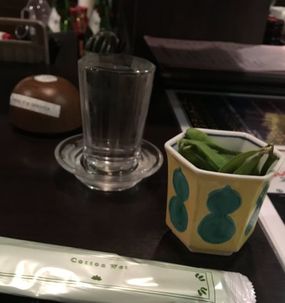



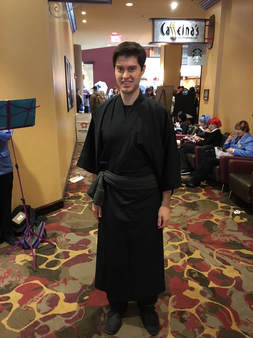
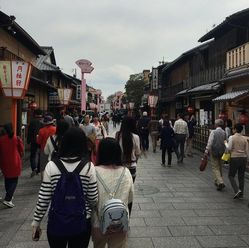
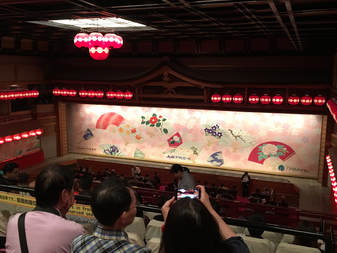
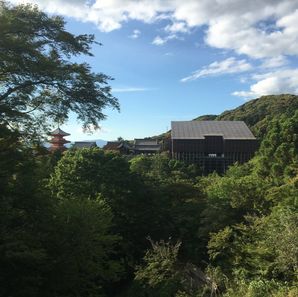
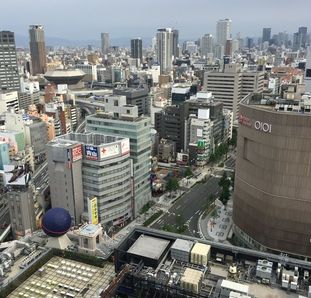
 RSS Feed
RSS Feed
